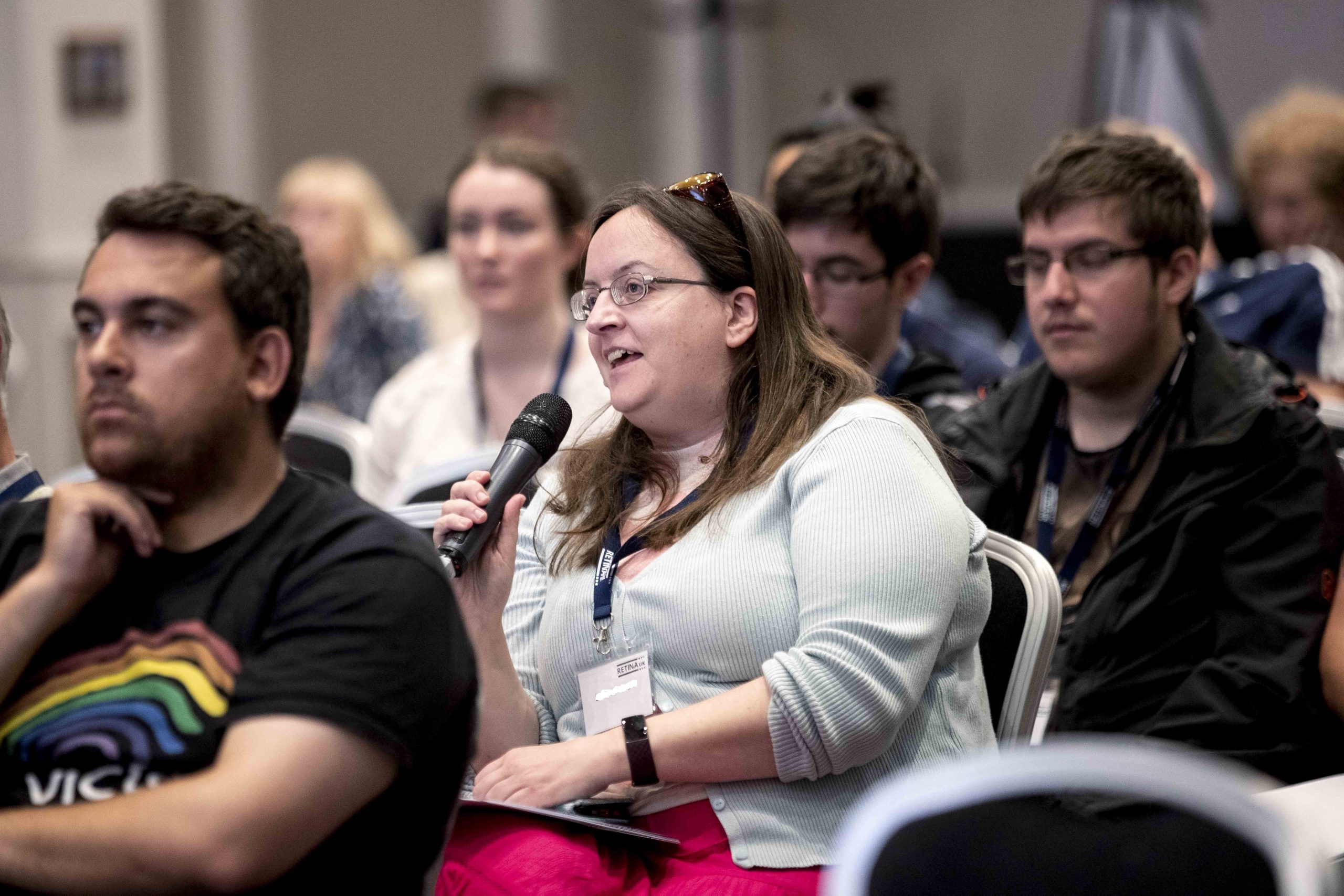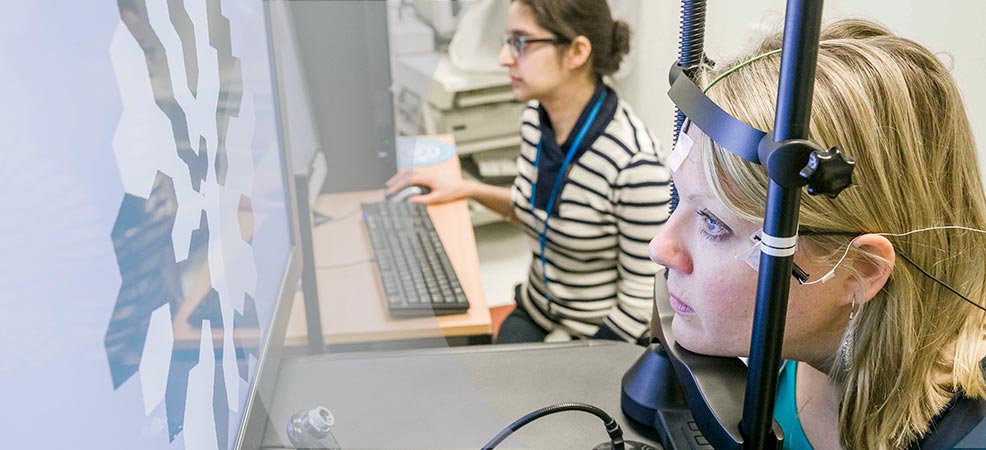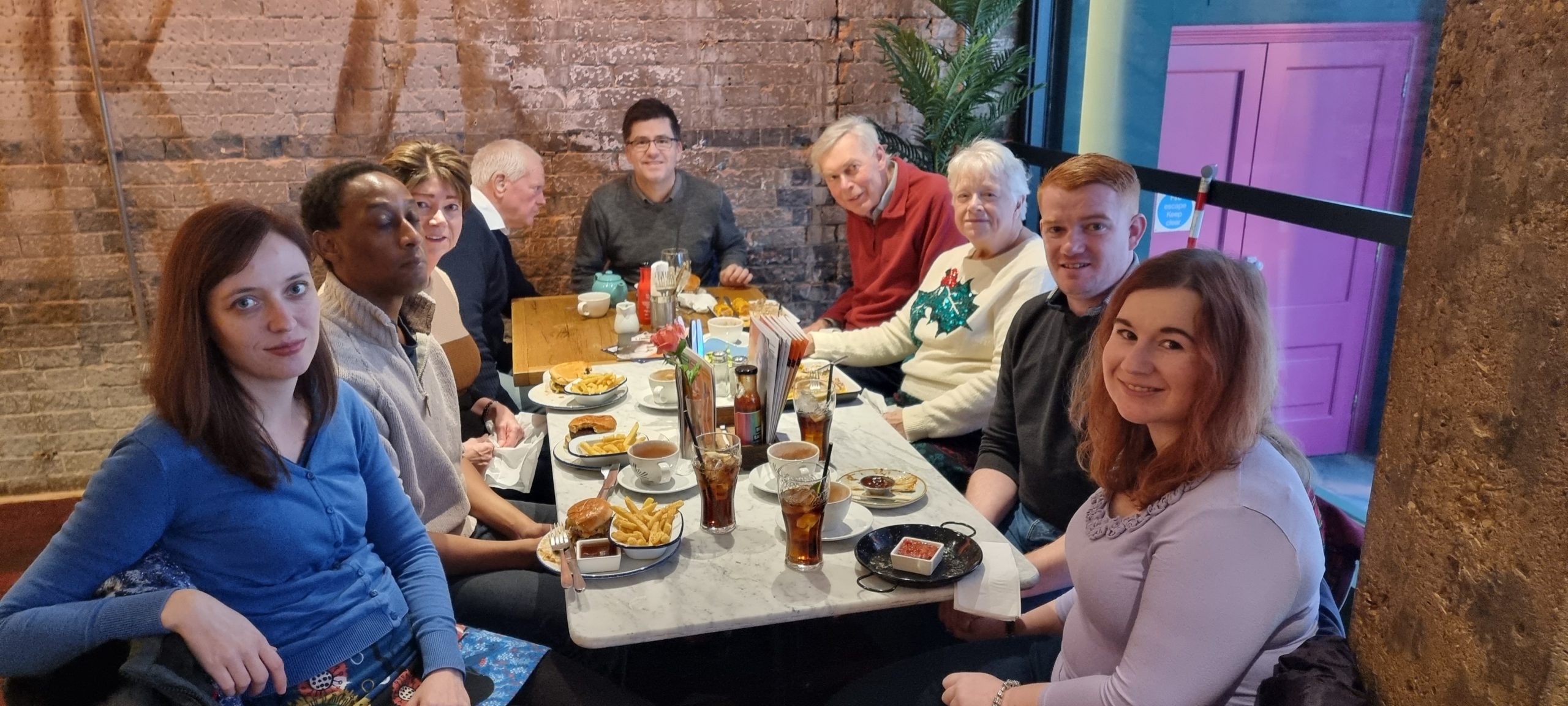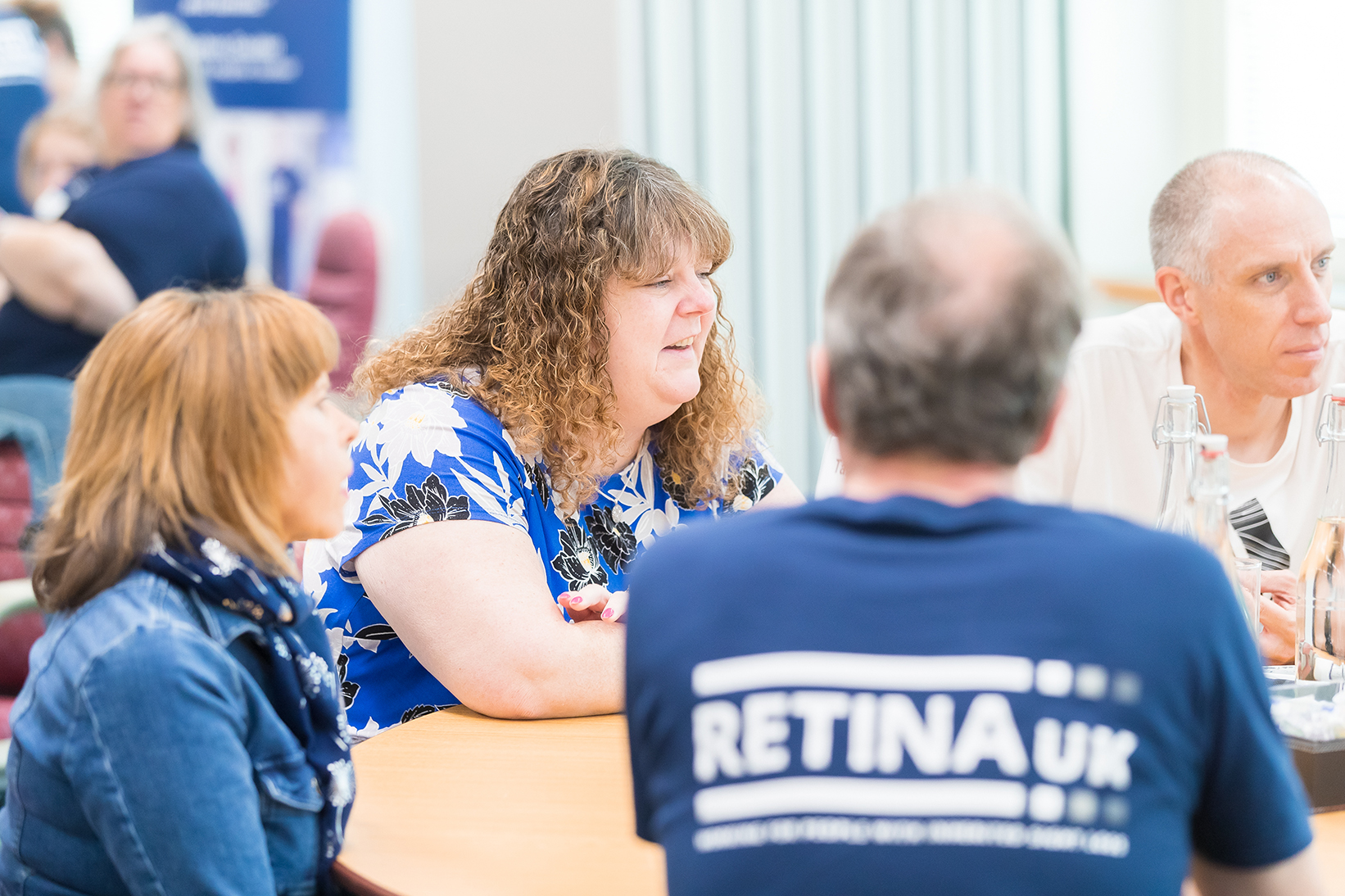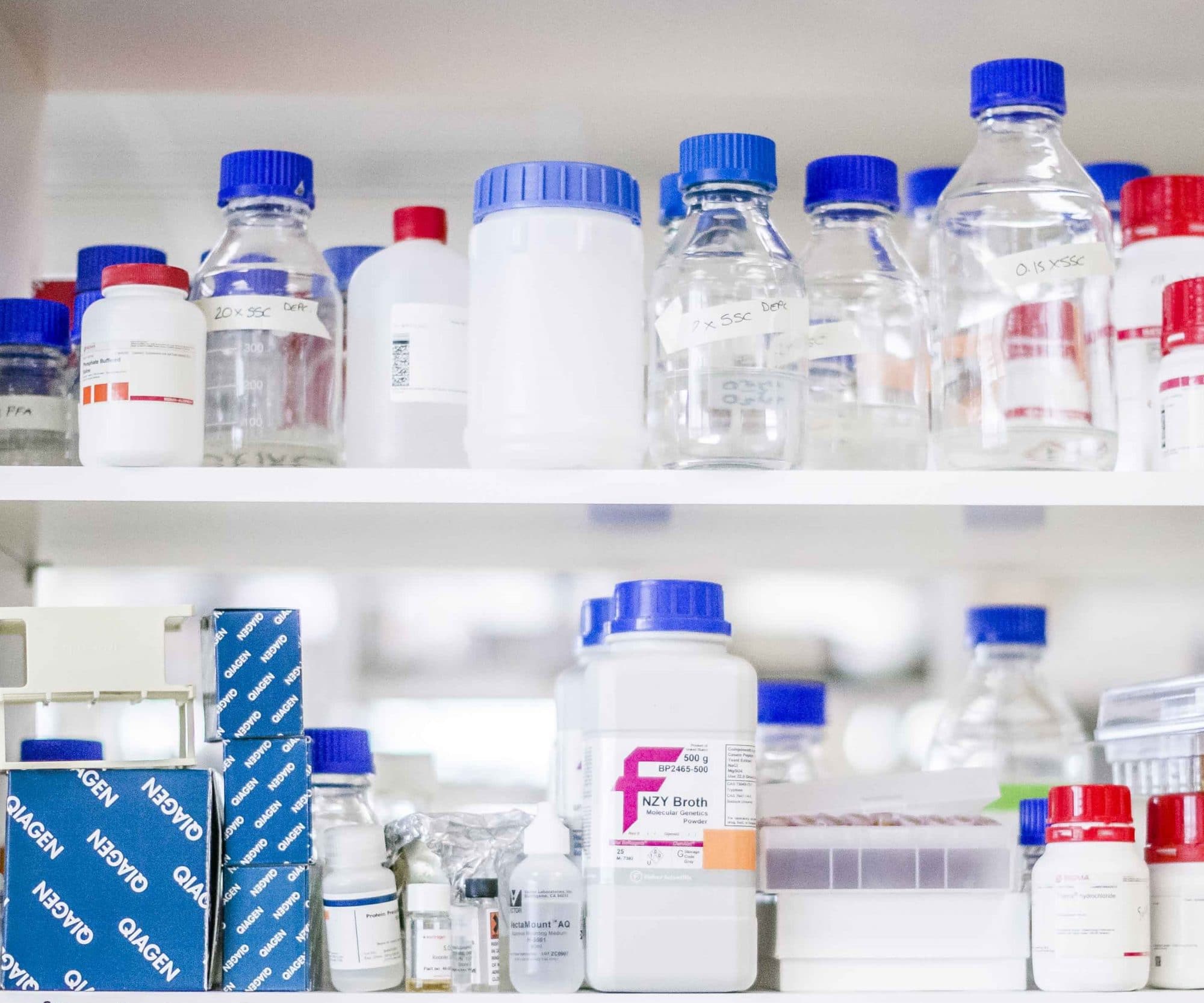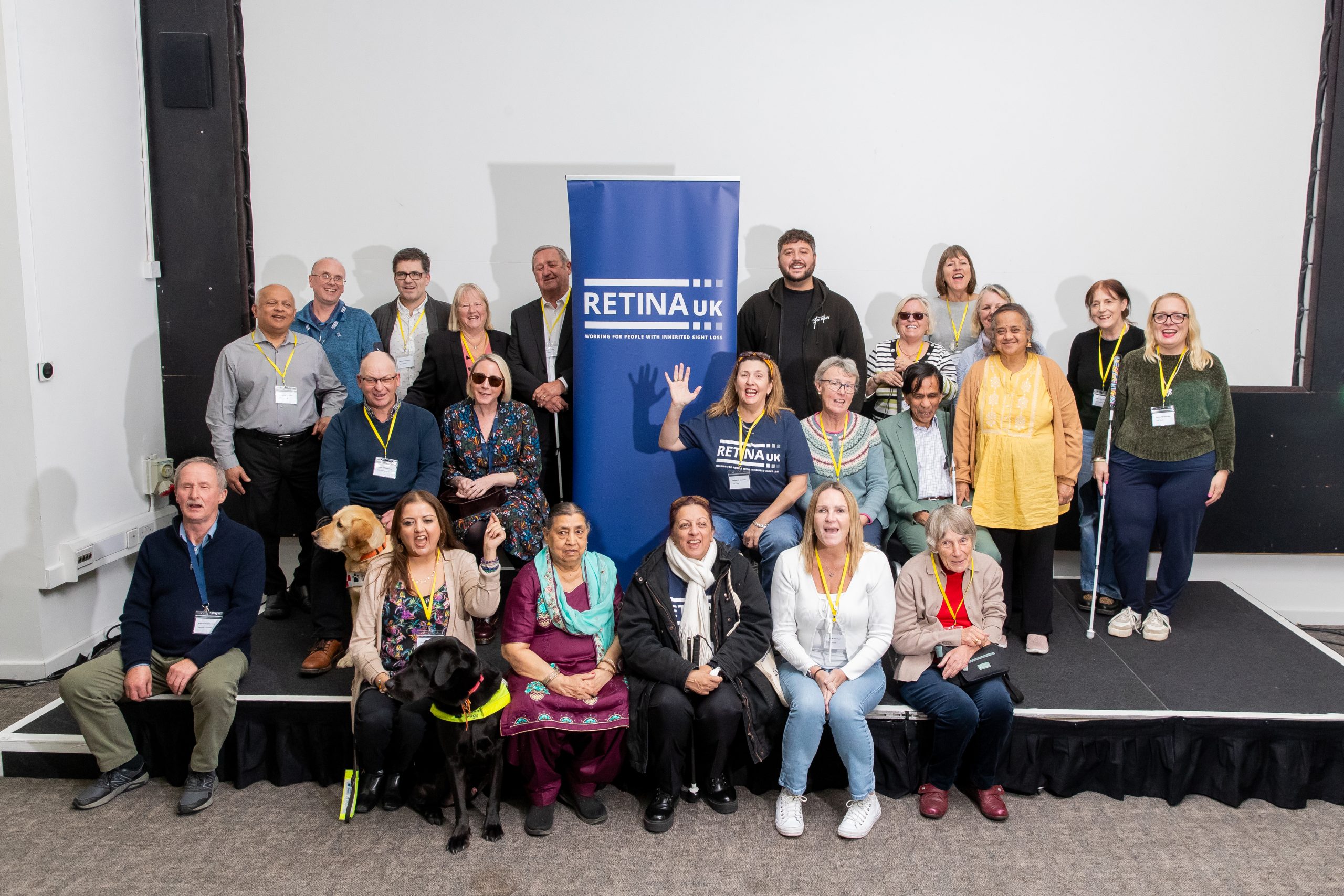The retina is a thin film lining the back of the eye. Vision loss is caused by the splitting of the layers of cells within the retina (termed retinoschisis), which disrupts transmission of signal from the light-sensitive cells called photoreceptors to the brain. As an X-linked disease, XLRS occurs primarily in males.
Symptoms
XLRS is typically diagnosed in childhood with the first signs being poor visual acuity that is not correctable with glasses. The condition can present with a wide range of severities depending on the amount and location of retinoschisis. Typically, visual acuity may deteriorate slightly over the first and second decade of life but then remains relatively stable until the fifth or sixth decade, when slowly progressive retinal degeneration could occur and progress to legal blindness.
A characteristic feature of XLRS is cystic spaces appearing within the macula (the central part of the retina). While these cystic changes can fluctuate with degeneration, treatment may be attempted with medications with variable results. In addition, XLRS may occasionally be complicated by vitreous haemorrhage (bleeding within the eye cavity) or retinal detachment, which may warrant surgery.
Cause
XLRS has an estimated prevalence of 35,000 cases in the United States and Europe. It is caused by mutations in the RS1 gene on the X chromosome. The RS1 protein acts like an adhesive to hold the retinal layers together.
Females have two X chromosomes and can carry the disease gene on one of their X chromosomes. Because they have a healthy version of the gene on their other X chromosome, female carriers are usually minimally affected. Males, however, only have one X chromosome (paired with one Y chromosome) and are therefore genetically susceptible to X-linked diseases. Male patients with XLRS may never pass their condition onto their sons, but their daughters may become carriers of the condition.
Female carriers have a 50% chance (or 1 chance in 2) of passing the X-linked disease gene to their daughters who become carriers, or a 50% chance of passing the gene to their sons who are then affected by the disease. Find out more at RetinaUK.org.uk/genetics/inheritance-patterns.
Treatment
Although there is currently no treatment for XLRS, there are many services and accommodative and assistive resources available to people and families with this condition. There is also ongoing research and clinical trials to develop gene therapies for XLRS with the aim of restoring the working RS1 gene in the retina.
For support
Retina UK welcomes families affected by XLRS to its community. The Retina UK Helpline provides information, support and signposting for people affected by inherited sight loss as well as healthcare and education professionals.
Contact 0300 111 4000 (9.00am – 5.00pm Monday to Friday and Tuesday and Thursday evenings 5.00pm – 8.00pm) or email [email protected].
Professionally reviewed by Kanmin Xue, Consultant Vitreoretinal Surgeon, Oxford Eye Hospital, September 2024


